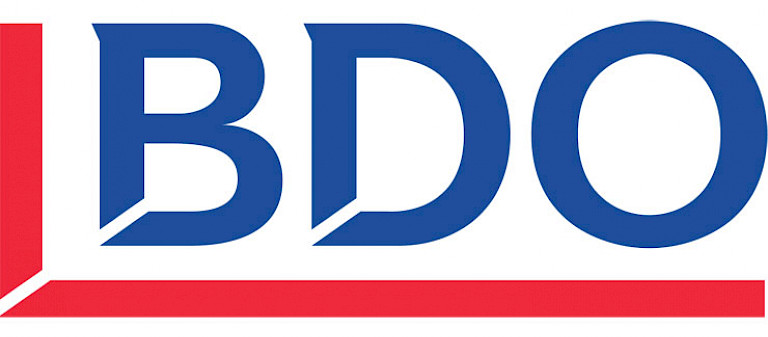Hyperparameter Tuning Optimization for Time Series Financial Analysis
Project description
We address these challenges by exploring optimized strategies for hyperparameter tuning in the context of metalearning for financial time series analysis. The question that we intended to answer is:
How can hyperparameter optimization for a meta-learner be achieved to maximize prediction accuracy while minimizing or avoiding any negative impact on computational speed?
Context
This research focuses on hyperparameter optimization (HPO) in the context of metalearning for financial time series analysis. Metalearning, often described as "learning to learn," aims to create algorithms that can dynamically adapt to new tasks by leveraging knowledge from previous learning experiences. However, the effectiveness of metalearning heavily depends on its underlying hyperparameter configurations, which govern the learning dynamics and model performance.
The challenge lies in optimizing these hyperparameters efficiently while considering both prediction accuracy and computational costs. Traditional methods like random search, while simple, may not capture complex interactions between hyperparameters in high-dimensional search spaces. This becomes particularly critical in financial forecasting, where model performance directly impacts business decisions and outcomes.
Results
The research yielded several significant findings that challenge conventional assumptions about hyperparameter optimization in financial time series forecasting.
First, the comparative analysis revealed that sophisticated HPO methods do not necessarily outperform simpler approaches. Trajectory HPO achieved the best prediction accuracy with the lowest RMSE (approximately 560) and demonstrated the most favorable R² values among all tested methods. However, this improved accuracy came at a substantial computational cost, requiring approximately 4.5 time units compared to Random Search's 3.3 units. This finding highlights a critical trade-off between prediction accuracy and computational efficiency that practitioners must consider.
Second, an unexpected discovery was the competitive performance of Random Search relative to more complex methods. Despite its simplicity, Random Search achieved comparable error metrics to sophisticated approaches while maintaining moderate computational overhead. This finding has important practical implications, suggesting that organizations with limited computational resources might not need to implement complex HPO strategies to achieve satisfactory results.
Third, all tested methods consistently produced negative R² values, indicating fundamental challenges in capturing the underlying patterns in financial time series data. This observation suggests that the limitations in model performance may extend beyond hyperparameter optimization to more fundamental issues in model architecture and feature representation.
Another crucial finding emerged from the statistical analysis. While Optuna HPO showed statistically significant differences in performance metrics (p = 0.0075 for RMSE), these differences actually corresponded to worse practical outcomes, with the highest RMSE values (approximately 750) among all methods. This paradox emphasizes the importance of considering both statistical and practical significance when evaluating optimization methods.
About the project group
I was working solo on the project of Hyperparameter Tuning Optimization Technique for time series forecasting.

